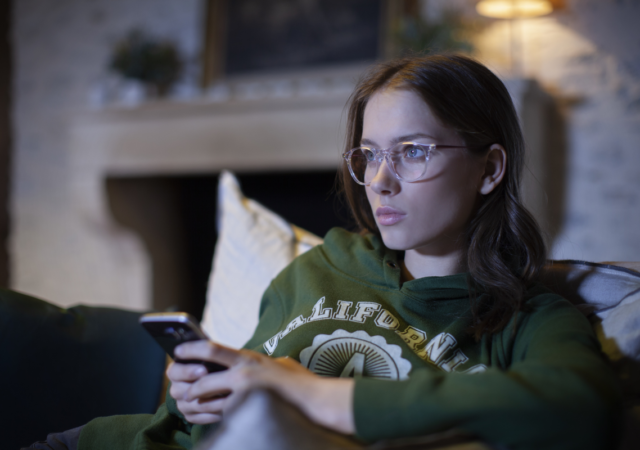realme is bringing the realme 10 Pro+ 5G to Malaysian shores starting the 8th of December 2022. The device promises flagship-level features at an affordable price and a new 120Hz curved display. 120Hz curved display that’s easy on the eyes…
In Front of Your Screen for Long Hours? You May Be Suffering from Eye Fatigue & Strain
Screen time, eye fatigue and eye strain are phrases that are becoming increasingly common nowadays; more-so since the COVID-19 pandemic has forced many of us to work remotely. The increased screen time has cause many of us to feel the…




